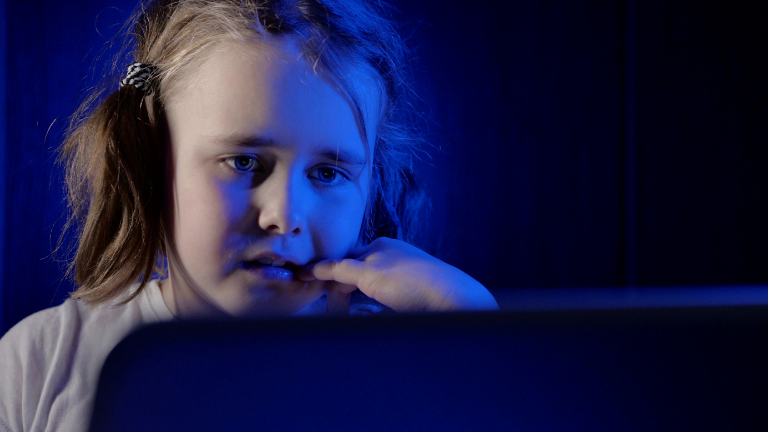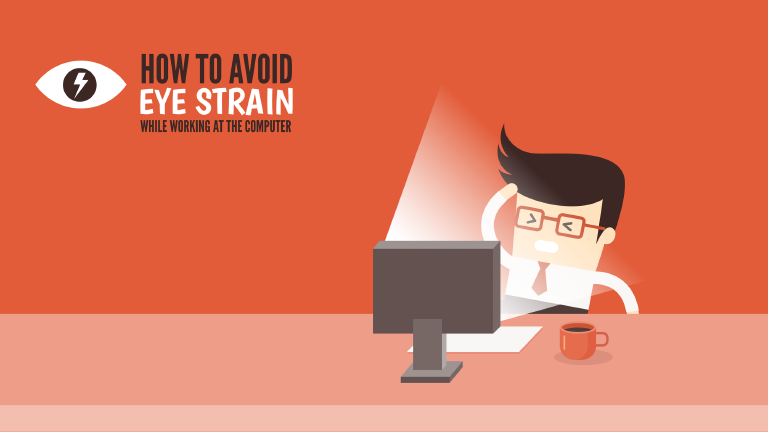The need for online school and online socializing in order to keep safe during the COVID-19 pandemic led to a steep increase in screen time for most children and teens. This information from a recent Fox News article confirms this fact: "…the group found that screen use rose to 7.7 hours per day from pre-pandemic estimates of 3.8 hours per day." With all of this additional screen time, children's eye health is at risk. The good news is blue light-cut screen protectors can help prevent macular degeneration, reduce eyestrain and headaches, and may even keep sleep patterns stable. But what is blue light and why can it have these negative effects on human health?
Continue reading


